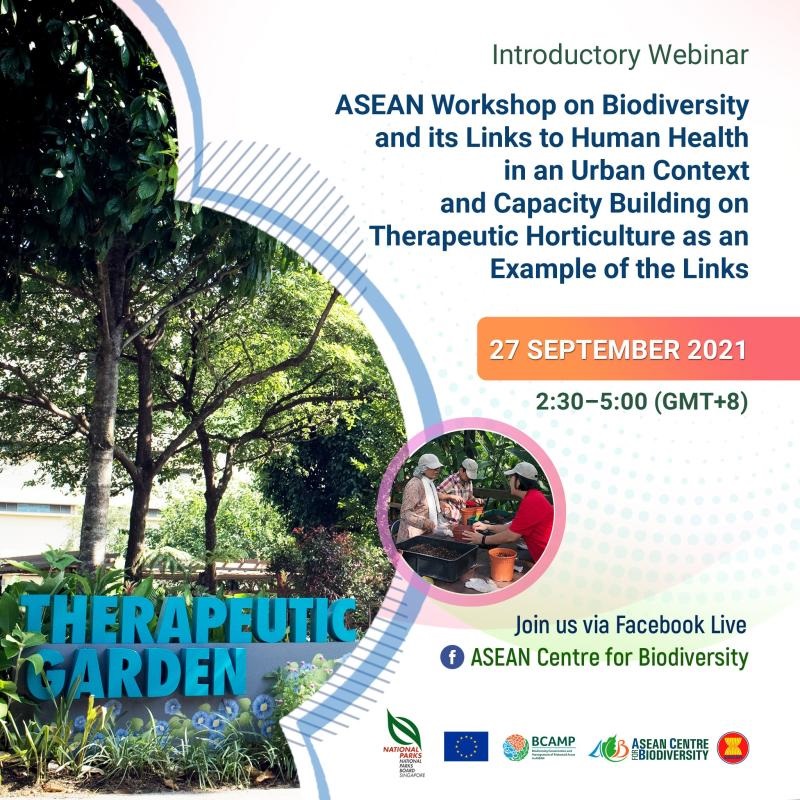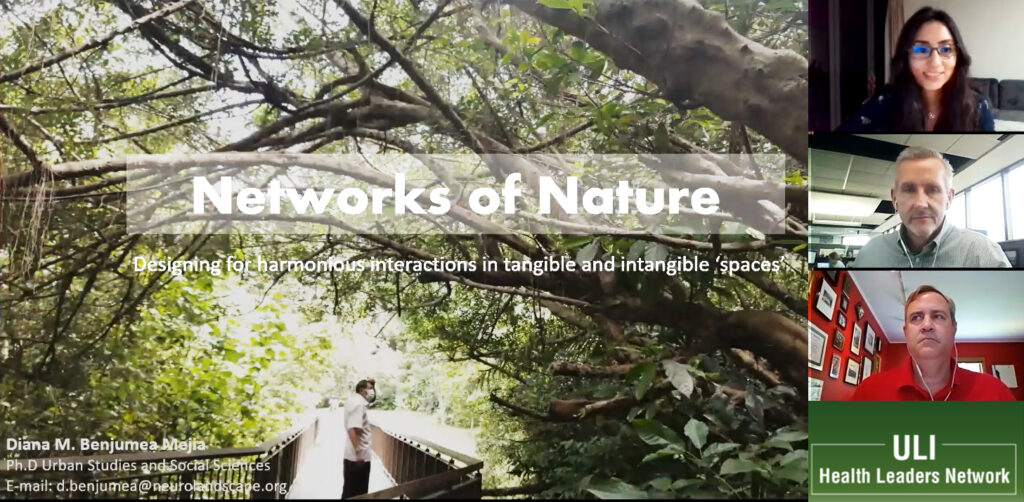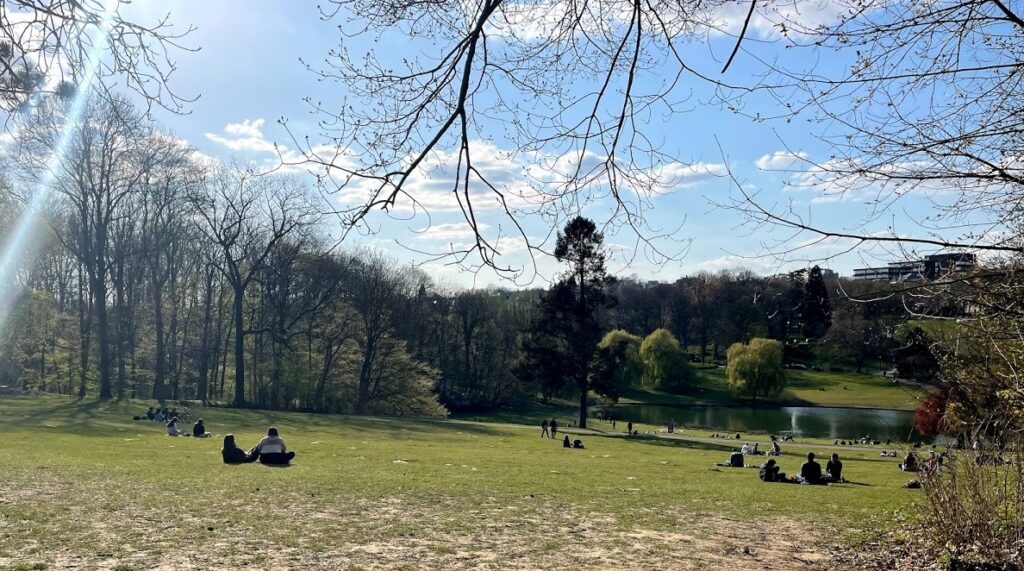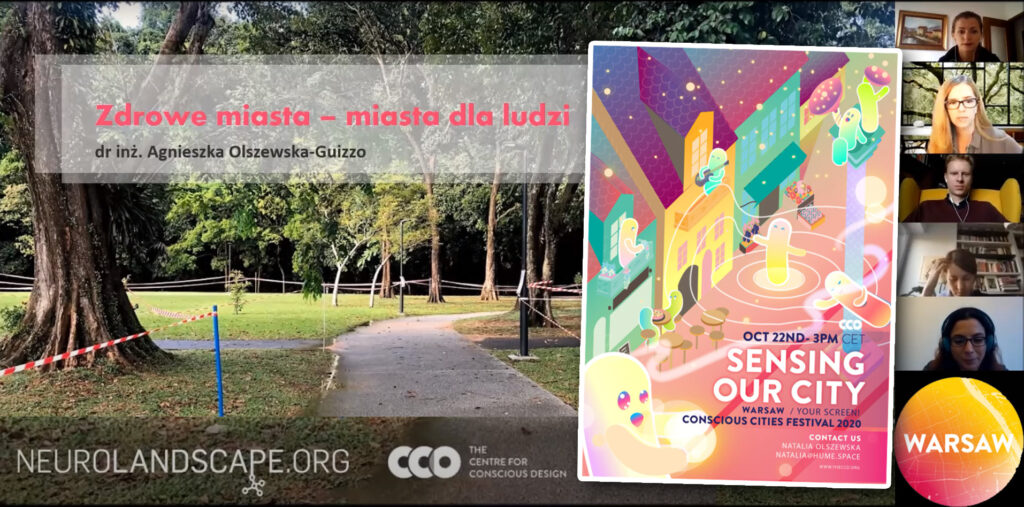27 September 2021 at 2:30 PM Singapore The connections between biodiversity, mental health and physical inactivity are particularly relevant in the context of shifting global burden of diseases in which non-communicable diseases are among the most rapidly rising challenge to global public health. Contact with nature may provide positive mental health benefits, as well as Read More
Category: Neurolandscape
EKLIPSE project outcomes: Systematic Review, Podcast, WHO Booklet
For several years, papers have been published about the positive impact of greenness on health, including some synthesis and systematic reviews. Yet, none of them has so far addressed the question of the type of habitats and components of such habitats that have a significant (and preferably positive) effect on mental health and psychological well-being. Read More
Mental Health in Slums – the Case of Bangladesh Among Other Developing Countries
The share of the world’s population living in urban areas has been predicted to increase from 55% in 2018 to 60% in 2030 (UN, 2018). Every year people move to the urban areas from villages for various reasons. If we try to see this urban-rural migration under the push-pull model, push factors from rural end Read More
Neuro-architecture to promote well-being | MAB 2020 Symposium
JULY 1, 2021 16:30 – 18:00 (CEST) Neuro-architecture transmits knowledge and technologies from the field of neuroscience into the professions of spatial design, aimed to get better-informed design solutions to promote human and non-human well-being in our public spaces. We kick off with the key findings of our 2-year research project Sensing Streetscapes, followed by Read More
Urban Land Institute/Health Leaders Network
In early 2021 our Board Member and Lead researcher Dr Diana Benjumea was selected to join a prestigious Health Leaders Network initiated by the Urban Land Institute (ULI). Health Leaders Network is a platform aimed at sharing knowledge and ideas with health leaders across continents. It gathers professionals across the globe with the skills and Read More
Simply Green is Simply not Enough – a Prelude to Mentally Healthy Cities
The fast-paced urbanization and disconnection of people from nature and the current series of lockdowns, contribute to an increasing burden of mental health disease in cities. Researchers have estimated that it is 39% more likely to develop depression when living in urbanized areas as compared to rural regions [source]. Other mental illnesses and neurodegenerative disorders Read More
Networks of Nature: Integrating Urban Farming in the city Fabric
Our programme Planting Seeds of Empowerment Mental Health and Well-being of the Communities starts this year with a new project created in collaboration with international organisations to emphasise the importance of nature in the mental health and well-being of people residing in heavily urbanised cities. The project entitled: Networks of Nature Integrating Urban Farming in Read More
NeuroLandscape featured in BBC “My Perfect City”
NeuroLandscape featured in BBC “My Perfect City” Series episode which was released on: 30 Dec 2020 New episode of the BBC World Service “My perfect city” features Dr Agnieszka Olszewska-Guizzo among other experts. They discuss Singapore as a city which attempts to improve residents’ mental wellbeing through urban design. Generally, people in cities are likely Read More
Annual Scientific Board Meeting 2020
4th NeuroLandscape Scientific Board Meeting took place online on Friday 13th November, 2020. Meeting agenda: 1) Round table of updates from each member 2) A game! – 2 truths and 1 lie 3) “Summary of NGO activity of 2020 , opportunities for 2021 ( Agnieszka O-G & Agnieszka Ch. -10 min ppt + Q&A) Read More
Healthy Cities – Cities for Humans, Conscious Warsaw 2020 (VIDEO)
A speech presented during the “Conscious Warsaw – Sensing our City” webinar organized by the Center for Conscious Design, which took place on October 22, 2020, in Polish (English subtitles available in this video!). Dr. Agnieszka Olszewska-Guizzo presented a new concept of designing mentally healthy cities based on contact with salutogenic natural landscapes (Contemplative Landscapes) Read More










